Are Your Retail Security Cameras Meeting Your Needs?
With workplace violence on the rise and customer safety becoming a top priority, investing in effective retail security cameras is no longer optional. The right security system can deter theft, enhance retail store security, and create a safer shopping environment.
This guide outlines the key features of effective retail security cameras, including high-resolution video quality, motion detection technology, and infrared night vision capabilities, ensuring that your business remains protected.
1. High-Resolution Video Quality for Clear Footage
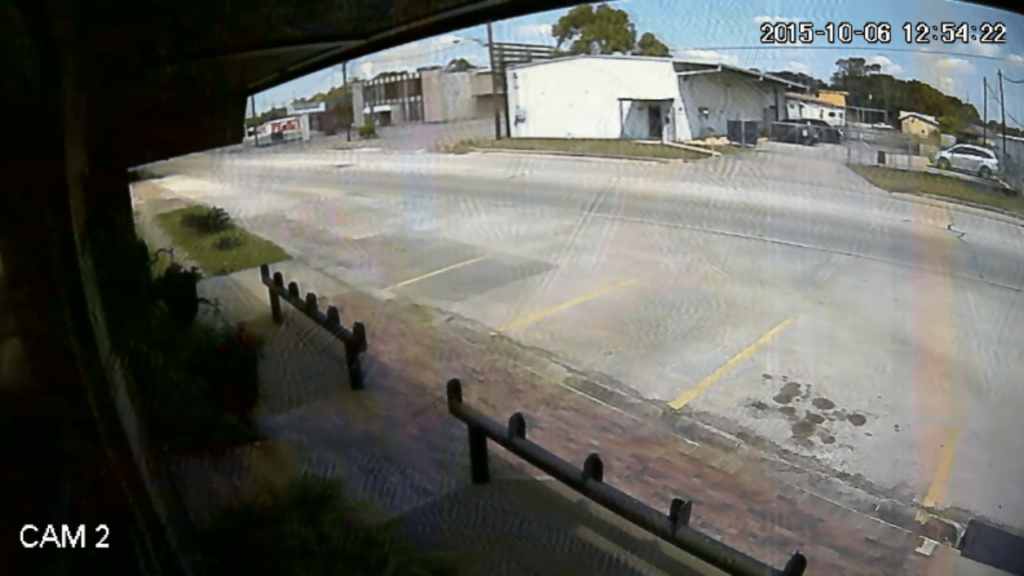
A high-performing retail security camera system must provide high-definition (HD) or 4K resolution to capture clear and detailed images. High-resolution security footage enhances clarity during incident investigations and helps differentiate between 1080p and 4K resolution for optimal image quality.
Additionally, low-light performance improves video clarity in dim areas, ensuring that retail anti-theft equipment like Sensormatic systems operates effectively.
2. Night Vision and Low-Light Performance
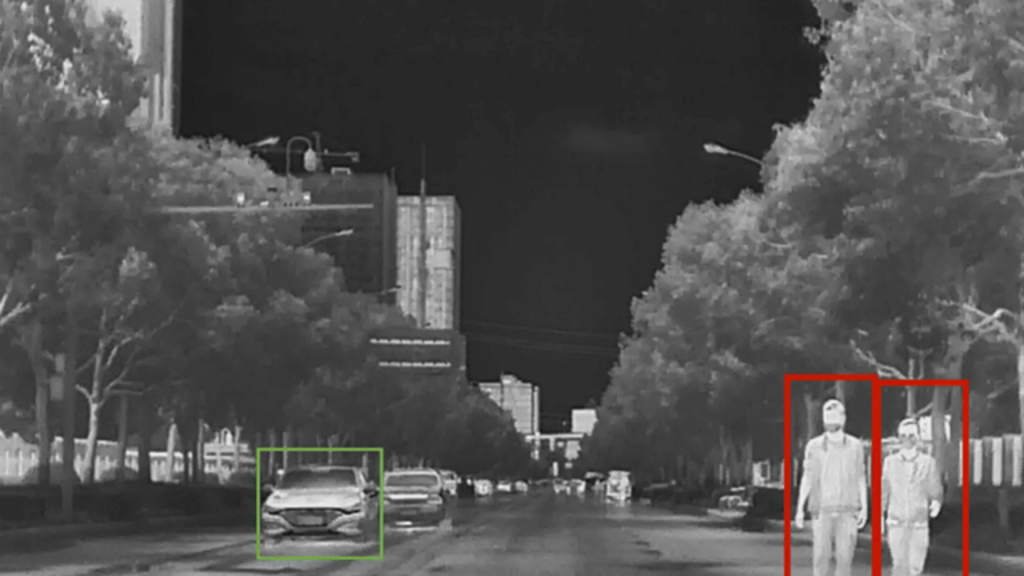
Retail stores operate at various hours, making it essential for security cameras to function effectively in low-light or nighttime conditions. Infrared (IR) night vision delivers crisp images even in complete darkness, eliminating blind spots and security vulnerabilities. Infrared night vision technology enables continuous CCTV monitoring, ensuring crime deterrence in retail stores after dark.
3. Smart Motion Detection and Real-Time Alerts
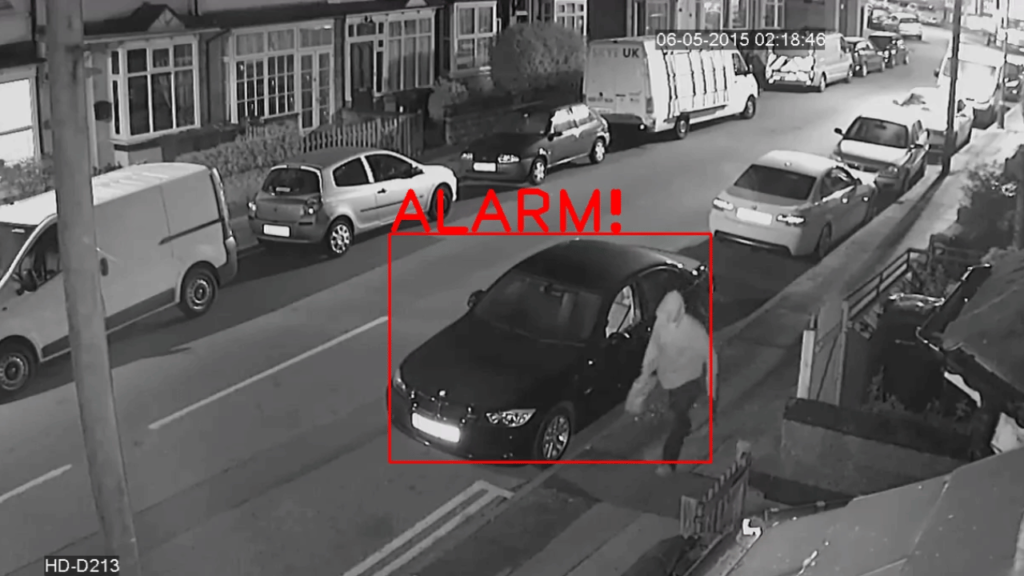
AI-powered motion detection technology identifies unusual activity in 24/7 real-time, reducing false alarms and triggering security alerts only when necessary. Customizable motion zones allow businesses to focus on high-risk areas like entrances, cash registers, and high-value merchandise displays.
Smart motion tracking capabilities further optimize security, improving surveillance precision and reducing unnecessary disruptions.
4. Remote Access and Mobile Integration
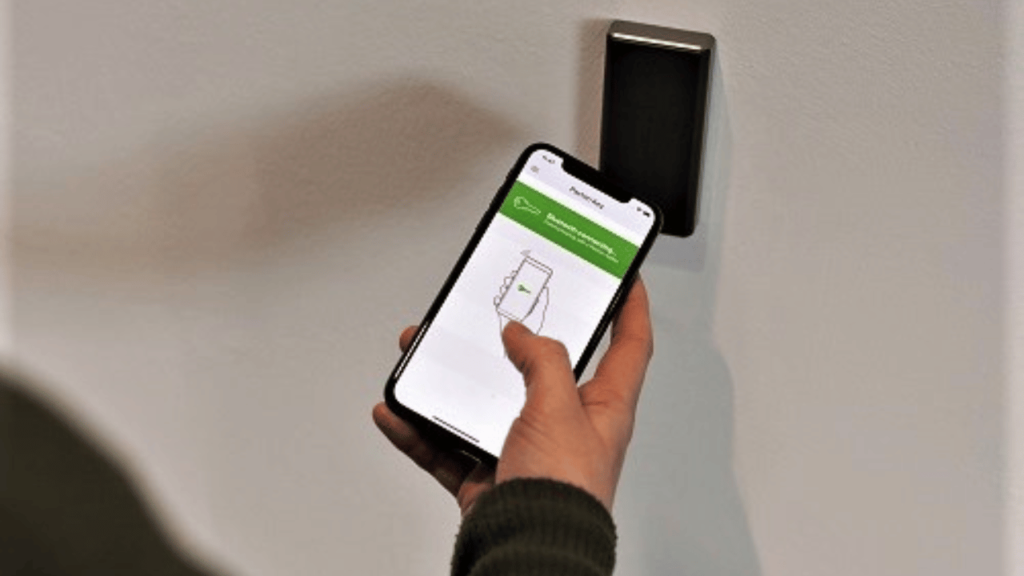
Modern retail security cameras offer cloud-based security solutions that provide remote access via mobile apps or web dashboards. Mobile device compatibility ensures that store managers and security teams can monitor footage from anywhere, offering flexibility and a rapid response to security breaches. Secure cloud storage solutions also allow easy retrieval of footage when needed.
5. Facial Recognition and Video Analytics
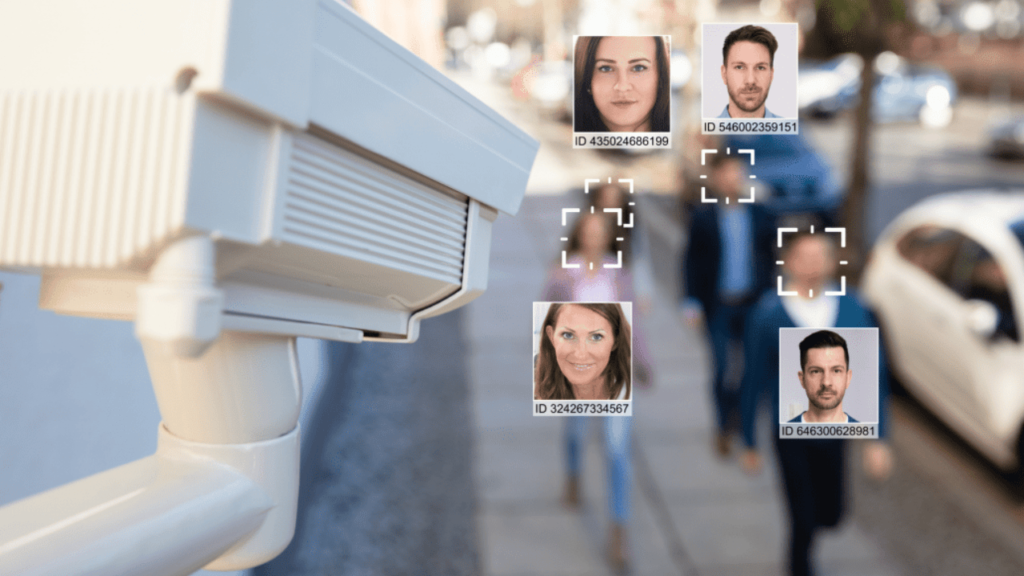
Advanced video analytics and facial recognition technology provide insights that help detect repeat offenders, track customer behavior, and optimize store layouts. This AI-powered surveillance technology supports retailers in preventing theft and refining their loss prevention strategies while ensuring customer safety.
6. Integration with Security Systems and POS Data
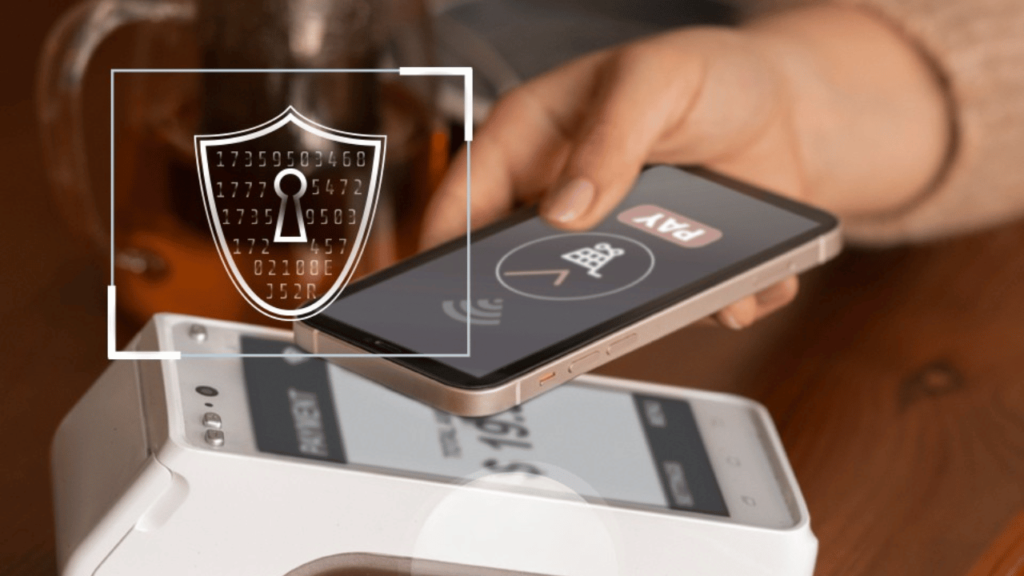
For comprehensive security, retail security cameras should seamlessly integrate with access control systems, alarm systems, and point-of-sale (POS) data. This enhances fraud detection, improves risk management, and strengthens security measures for customer transactions.
7. Durable and Weather-Resistant Designs
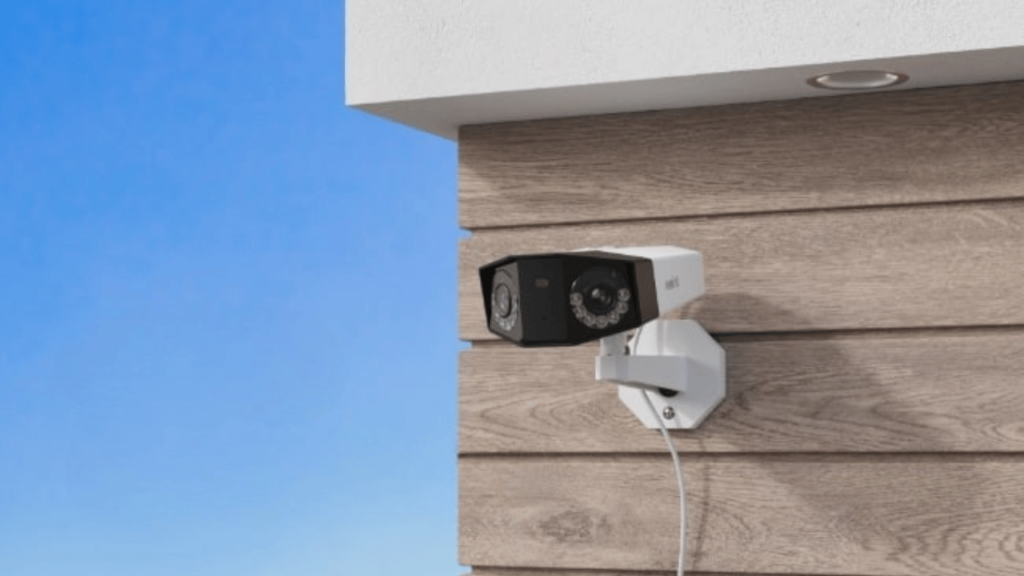
For outdoor surveillance, cameras must be weatherproof and vandal-resistant to withstand harsh conditions. Cameras with IP66 or IP67 ratings are ideal for outdoor security in parking lots and storefronts, ensuring long-term durability.
8. Enhanced Video Quality Through Sharpness and Frame Rates
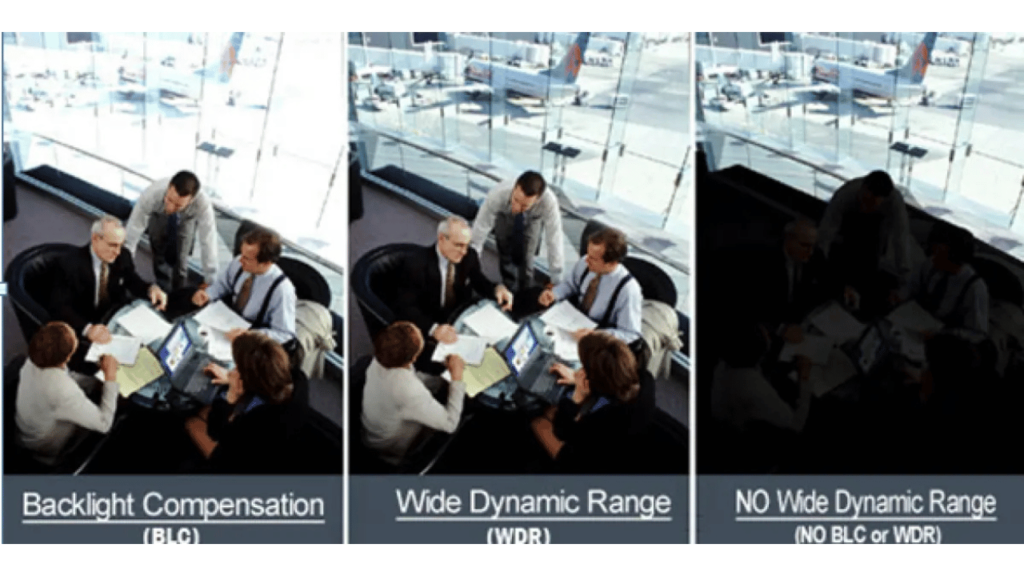
To improve image sharpness, cameras should include optical zoom capabilities, wide dynamic range (WDR), and image stabilization to prevent blurriness.
Additionally, higher frame rates (such as 30fps to 60fps) ensure smoother video playback, essential for tracking shoplifting incidents and monitoring organized retail crime effectively.
9. Secure Data Encryption and Cybersecurity Measures
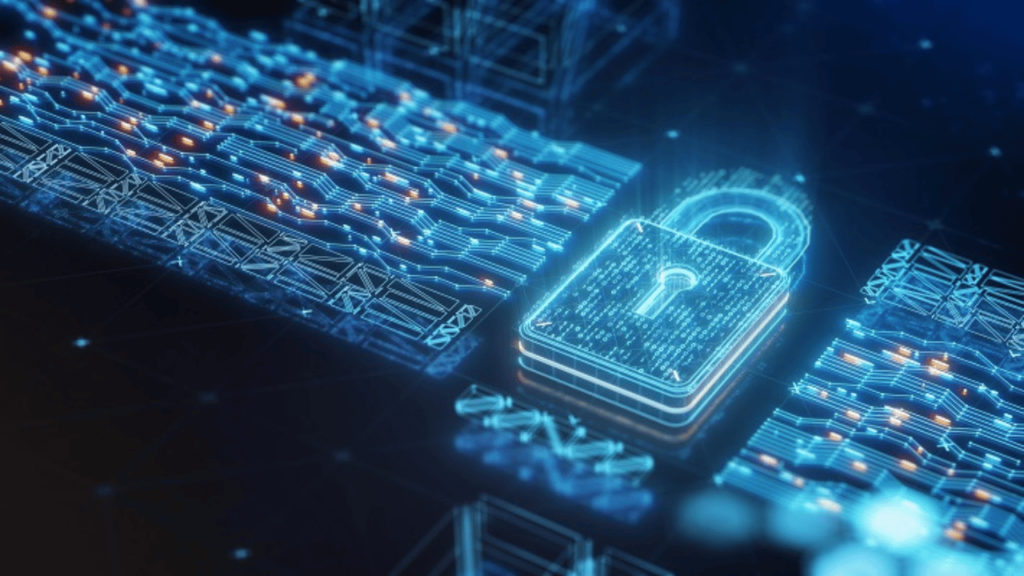
Protecting recorded footage from cyber threats is crucial. Retail security cameras should offer secure cloud storage, end-to-end encryption, and cybersecurity protections to prevent unauthorized access. Encryption technology ensures that sensitive surveillance data remains protected and compliant with security regulations.
10. Cost-Effective and Scalable Security Solutions

Whether you operate a small retail store or a large chain, a scalable camera system that offers affordable pricing, subscription-free options, and expandable storage is vital for long-term security investments. Retailers can request a free quote when considering 4K camera options, determining how upgraded security systems can improve store safety.
Final Thoughts
Investing in the right retail security cameras can significantly improve store safety, reduce theft, and optimize business operations. When selecting a system, focus on key features such as HD resolution, AI-driven analytics, remote access, and seamless integration with existing security infrastructure.
A well-planned retail security strategy protects assets, employees, and customers while enhancing operational efficiency and customer trust.




